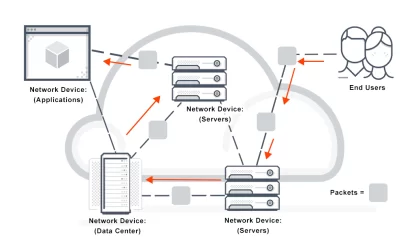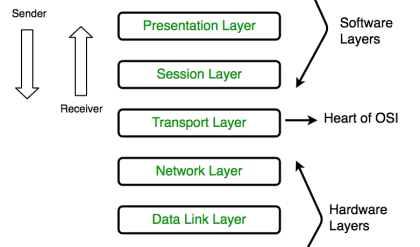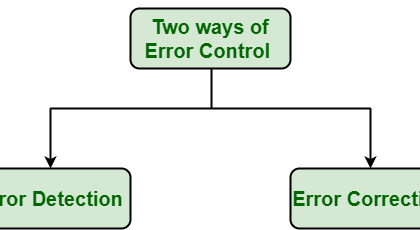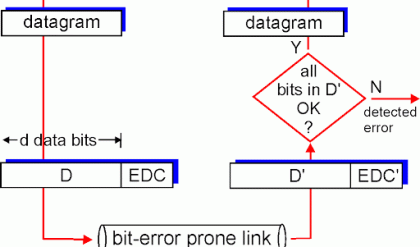OBJECTIVE
Quality of service (QoS) was introduced in Section 1.4. In this chapter we will be more definitive in several key areas. There are a number of generic impairments that will directly or indirectly affect quality of service. An understanding of these impairments and their underlying causes are extremely important if one wants to grasp the entire picture of a telecommunication system.
Quality Of Service: Voice, Data, And Image
Signal-to-Noise Ratio
Signal-to-noise ratio (S/N or SNR) is the most widely used parameter for measurement of signal quality in the field of transmission. Signal-to-noise ratio expresses in decibels the amount that signal level exceeds the noise level in a specified bandwidth.
As we review the several types of material to be transmitted on a network, each will require a minimum S/N to satisfy the user or to make a receiving instrument function within certain specified criteria. The following are S/N guidelines at the corresponding receiving devices:
Voice: 40 dB
Video (TV): 45 dB
Data: ∼15 dB, based upon the modulation type and specified error performance
To illustrate the concept of S/N, consider Figure 3.1. This oscilloscope presentation shows a nominal analog voice channel (300–3400 Hz) with a 1000-Hz test signal. The vertical scale is signal power measured in dBm (see Appendix C for a tutorial on dBs), and the horizontal scale is frequency, 0–3400 Hz. The S/N as illustrated is 10 dB. We can derive

This expression is set up as shown because we are dealing with logarithms (see Appendix B). When multiplying in the domain of logarithms, we add.
When dividing, we subtract. We are dividing because on the left side of the equation we have S/N or S divided by N. Signal-to-noise ratio really has limited use in the PSTN for characterizing speech transmission because of the “spurtiness” of the human voice. We can appreciate that individual talker signal power can fluctuate widely so that S/N is far from constant during a telephone call and from one telephone call to the next. In lieu of actual voice, we use a test tone to measure level and S/N. A test tone is a single frequency, usually around 800 or 1000 Hz, generated by an audio signal generator and inserted in the voice channel. The level of the tone (often measured in dBm) can be easily measured with the appropriate test equipment. Such a tone has constant amplitude and no silent intervals, which is typical of voice transmission.





